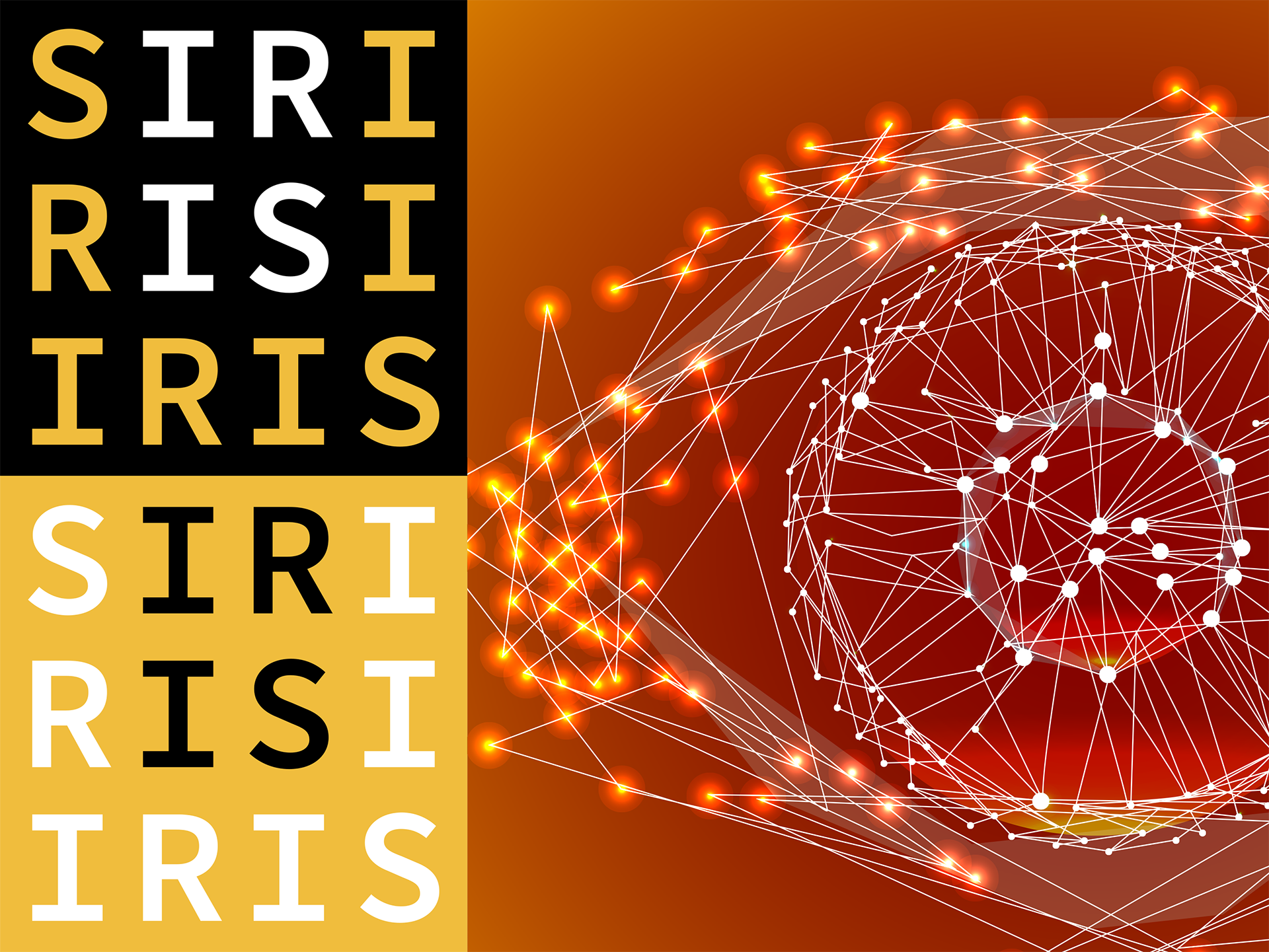Projects
Fundamental AI – Single-molecule localization microscopy
Minimizing the localization uncertainty in modulation enhanced single-molecule localization microscopy
To study processes in the living cell, we need to study life at the molecular scale. Fluorescence microscopy is a key tool to accomplish this, as it is characterized by both high specificity and high contrast. Due to the physical properties of visible light, the resolution of ordinary optical microscopes is limited to about 200 nanometres. To resolve viruses, proteins and individual molecules, we need to surpass this limit.
We developed a super-resolution method called Iterative Single-Molecule Localization Microscopy. In this technique, we use illumination patterns to zoom in on individual molecules. To do so, we use prior information obtained from previous experiments to place the patterns increasingly closer to molecules.
In this project, we quantify the best possible precision that can be achieved with Iterative Single-Molecule Localization Microscopy. We analyse this technique from a Bayesian perspective, using the Van Trees inequality. The Van Trees inequality quantifies the minimum localization uncertainty that can be achieved, given prior information from previous measurements and current experimental settings.
As a next step, we will use the Van Trees inequality to optimize Iterative Single-Molecule Localization Microscopy. Specifically, the Van Trees inequality enables choosing the current experimental settings such that new measurements are maximally informative given previous results.
Differentiable splines for improved point spread function calibration in single-molecule localization microscopy
Single-molecule localization microscopy techniques focus on improving the spatial resolution of the imaged biological structures over the diffraction-limited approaches. Since diffraction causes a single light point source to disperse over the image plane in a specific pattern, otherwise called a Point Spread Function (PSF) of the microscope, the PSF representation is crucial in understanding and resolving the microscopy images. Numerous studies have been conducted to find the optimal PSF representation, and cubic spline functions have been shown to produce state-of-the-art performance. In this work, we aim to improve the spline calibration by introducing the Differentiable cubic spline and optimizing it using gradient descent.
Applied AI – Modeling heterogeneity in cryo-EM data
Improving cryo-EM heterogeneous reconstruction using prior information
Using a cryo-electron microscope we can study the structure of biological macromolecules at atomic resolution, a level of detail that is crucial for improving our understanding of the function of the molecules that make life possible. However, this technique comes with some challenges. Electrons interact strongly with matter and biological molecules are very sensitive to electron radiation, so we must limit the dose to not damage the molecules we aim to study. As a result the images we obtain have very low signal-to-noise ratios. To improve the signal so that we can interpret the image therefore requires averaging tens or hundreds of thousands of nearly identical copies of a particle.
They are only nearly identical because molecules, especially proteins, are dynamic and can often adopt multiple structural states that are important to their function. All these states are present in the images we obtain, but current methods only allow us to distinguish grossly different structures. By averaging over a large set of slightly different structural states we lose information on the flexibility that these proteins have and the dynamics related to it.
A ‘holy grail’ in the field therefore is to develop methods that can infer this dynamic information from the image data. One way this is being approached is by using machine learning to encode the images into a latent space representation. Effectively, we ask a model to organise and cluster the hundreds of thousands of images of our protein in some way that capture minute differences between the images.
This method has already had some success, but it is still in early development. A downside is that current models are completely data driven, with no regularisation or validation of their results. We are working on a method of simulating ground-truth data that is as close to experimental data as we can get to see how this approach holds up against difficult data with complex dynamics. We are also looking into a method of incorporating prior knowledge we have about the physics of molecules into a similar model to improve its ability to extract dynamics from the data.
Applied AI – Ultrasound Localization Microscopy
Time-resolved 3D ultrasound localization microscopy
The primary goal of this project is to advance the state of the art in the Ultrasound Localization Microscopy (ULM), a breakthrough super-resolved vascular ultrasound imaging method. We aim to enable mapping of vascular networks down to the capillary scale. To do so, we will pursue fundamental advances at the interface of ultrasound contrast agents engineering, pulse sequence development and AI-based computational imaging. Together, these advances will accelerate ULM to retrieve time-resolves information and extend the range of vascular compartments detected in living opaque organisms.
The research will be divided into 3 specific aims:
- To develop a physically realistic simulator to benchmark ULM algorithms
- To develop of multicolor ULM
- To develop dedicated ULM hardware

